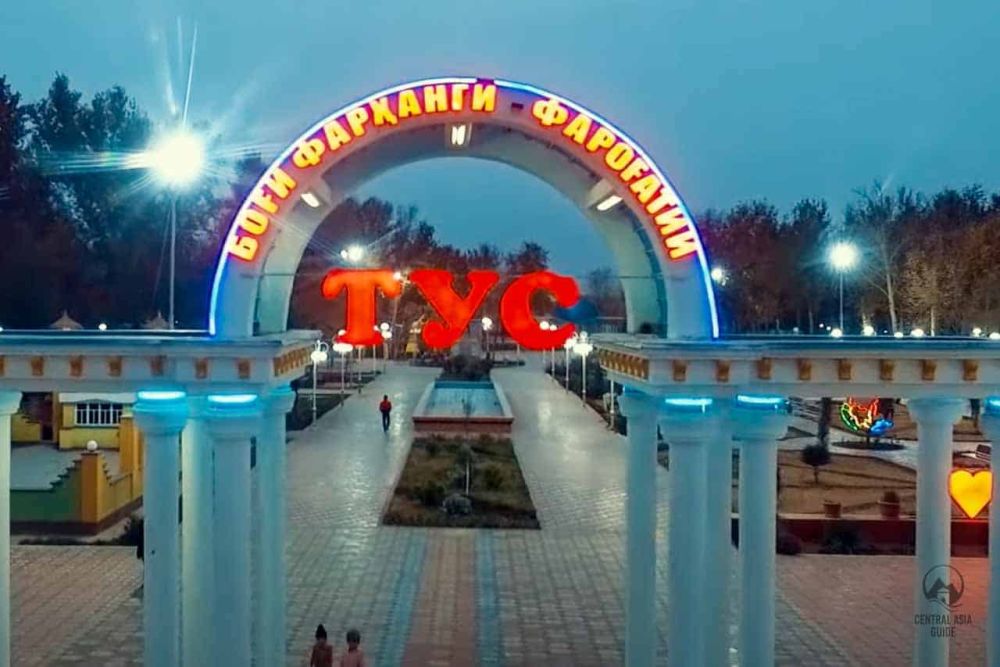

The Kulob Historical Museum is a significant cultural institution located in the heart of Kulob, one of the oldest cities in Tajikistan. Founded in the latter part of the 20th century, the museum has been pivotal in preserving the rich heritage and diverse history of the region. As a repository of local history, the museum showcases an extensive collection that includes archaeological finds, ethnographic items, and exhibits that detail the history of the Kulob area from ancient times to the modern era.
Over the years, the Kulob Historical Museum has grown in prominence, largely due to its collection of artifacts that date back to the early civilizations that flourished in the region. This includes items from the Achaemenid era, the period of Alexander the Great's influence, and objects from the different dynasties that ruled Central Asia. The museum further delves into the Islamic period, the emirate of Bukhara, the Russian colonization, and the Soviet era. These diverse layers of history are well represented through the exhibitions in the museum, making it a treasure trove for history enthusiasts.
Tourism in Kulob has developed alongside the city's significance as an historical center. Although not traditionally known as a top tourist destination, Kulob has seen a gradual increase in visitors over the years. Tourists are primarily drawn to the region due to its rich historical narrative, ancient architecture, and the Kulob Historical Museum. Interest in the Silk Road and the cultural exchange it fostered has also enhanced Kulob's appeal to international tourists.
The efforts of the Tajikistan government to promote tourism in the late 20th and early 21st centuries have contributed to improving the infrastructure and accessibility of Kulob. The development of better road networks, hospitality services, and guided tours has made it easier for visitors to explore the historical and cultural sites within the city.
In the context of global tourism, there has been a shift towards sustainable and experience-based tourism. This trend has also affected the Kulob region. Visitors are not only looking to see historical sites but are also seeking to immerse themselves in local culture and traditions.
Recently, there has been an increased interest in eco-tourism and community-based tourism which involves interaction with local communities and ecosystems in a responsible manner. Such initiatives allow tourists to learn from the local population, partake in traditional practices, and contribute to the sustainable development of the region. Furthermore, the rise of digital technologies and social media has influenced the way tourists discover and experience Kulob, with many sharing their journeys online, thus attracting more visitors to the area.